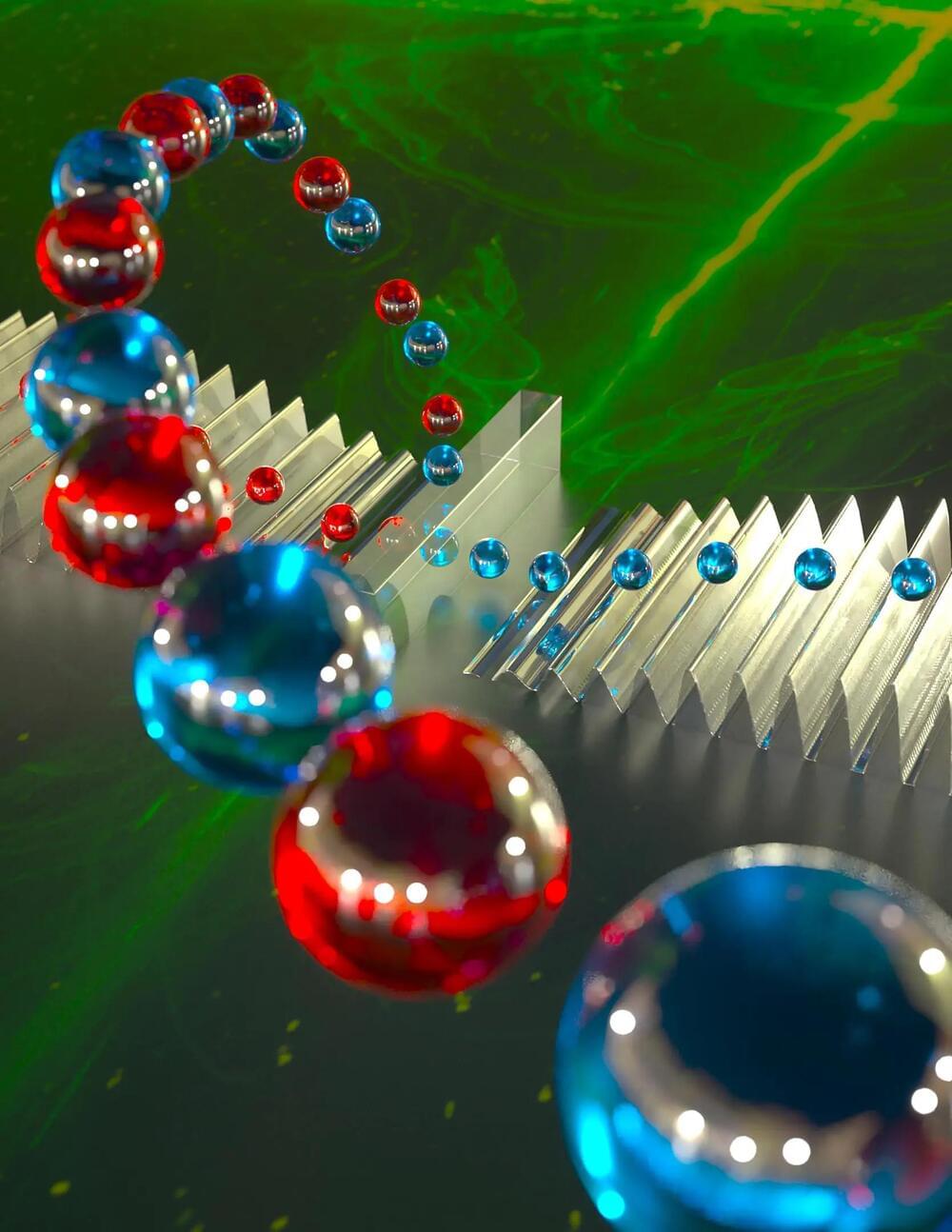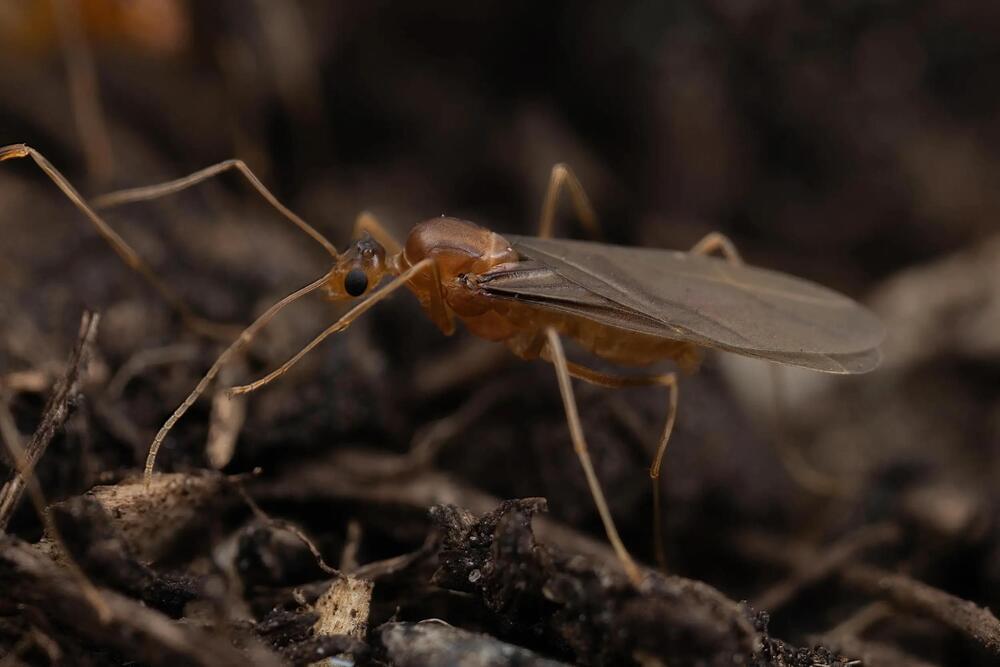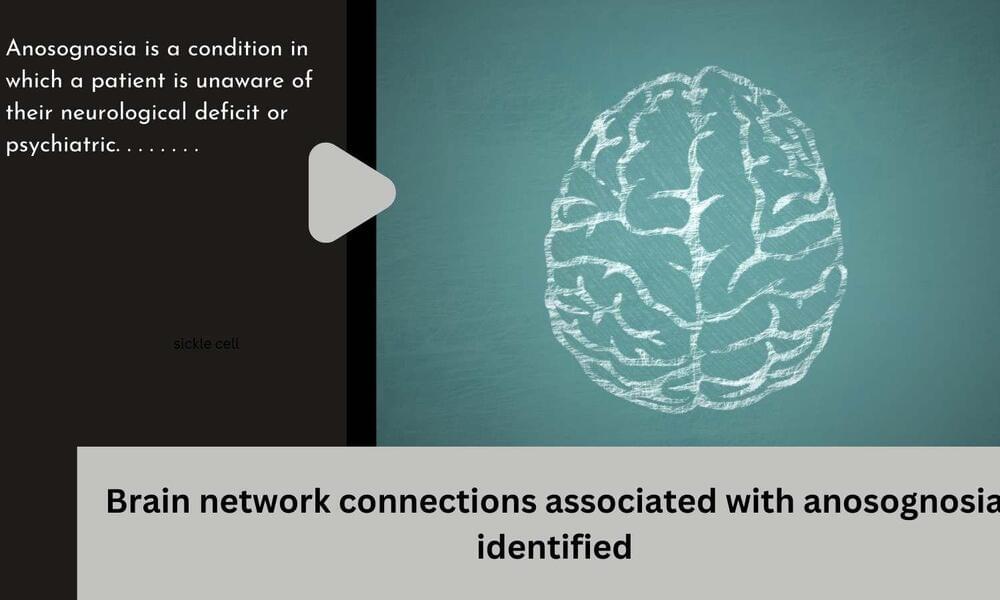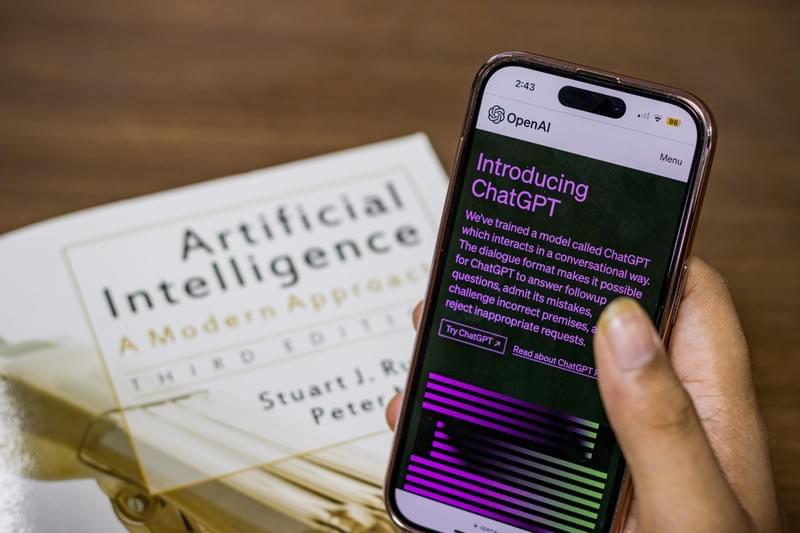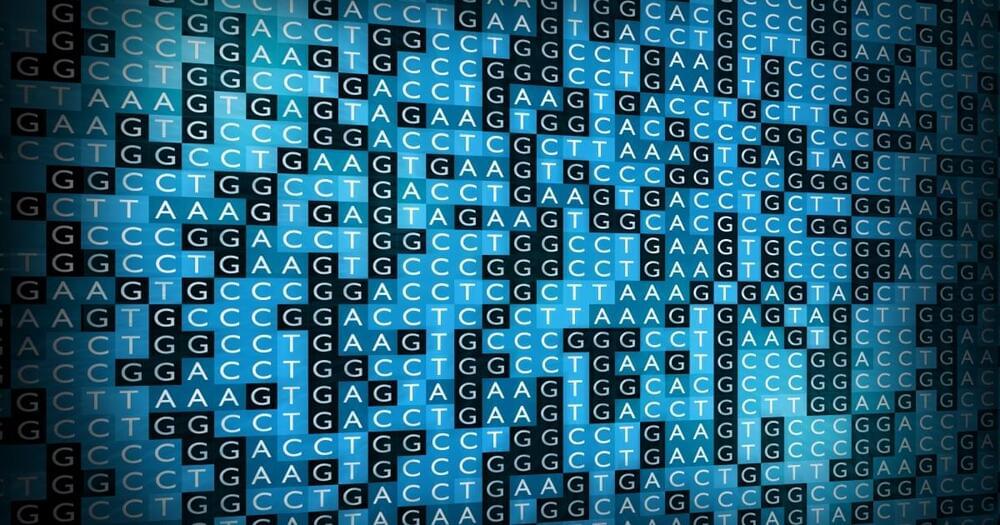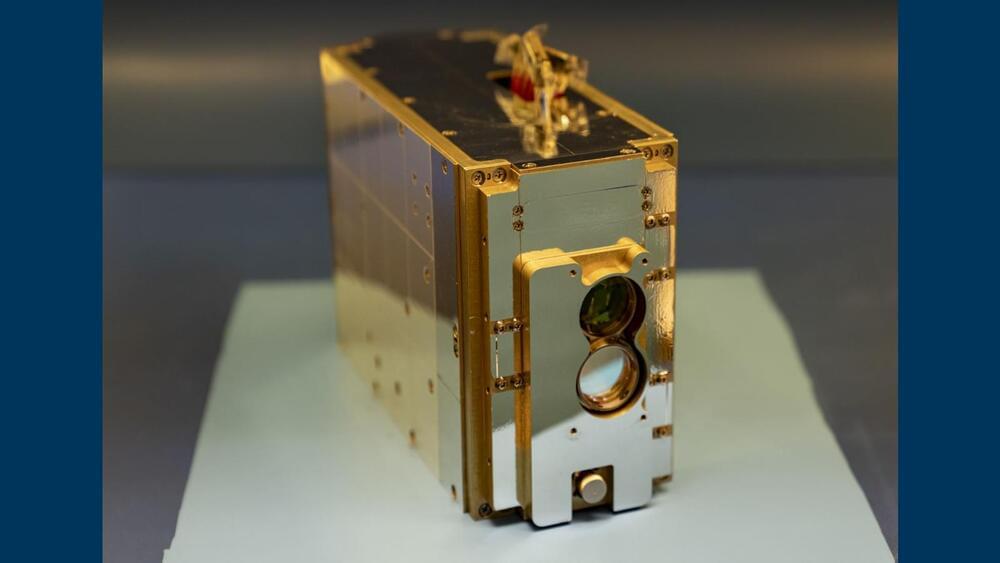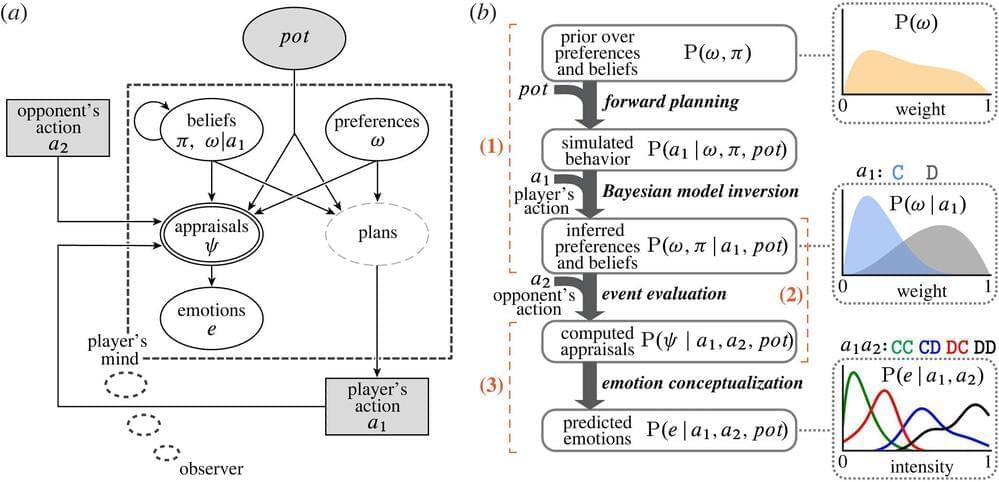Jun 12, 2023
UK hobbyist stuns math world with ‘amazing’ new shapes
Posted by Shailesh Prasad in category: mathematics
David Smith, a retired print technician from the north of England, was pursuing his hobby of looking for interesting shapes when he stumbled onto one unlike any other in November.
When Smith shared his shape with the world in March, excited fans printed it onto T-shirts, sewed it into quilts, crafted cookie cutters or used it to replace the hexagons on a soccer ball —some even made plans for tattoos.
The 13-sided polygon, which 64-year-old Smith called “the hat”, is the first single shape ever found that can completely cover an infinitely large flat surface without ever repeating the same pattern.

